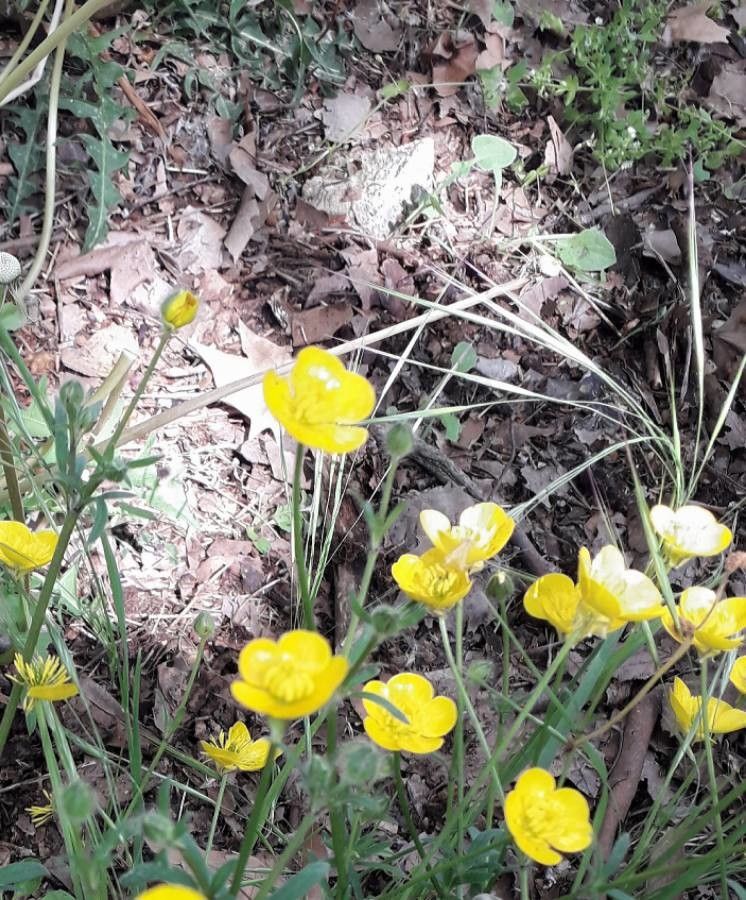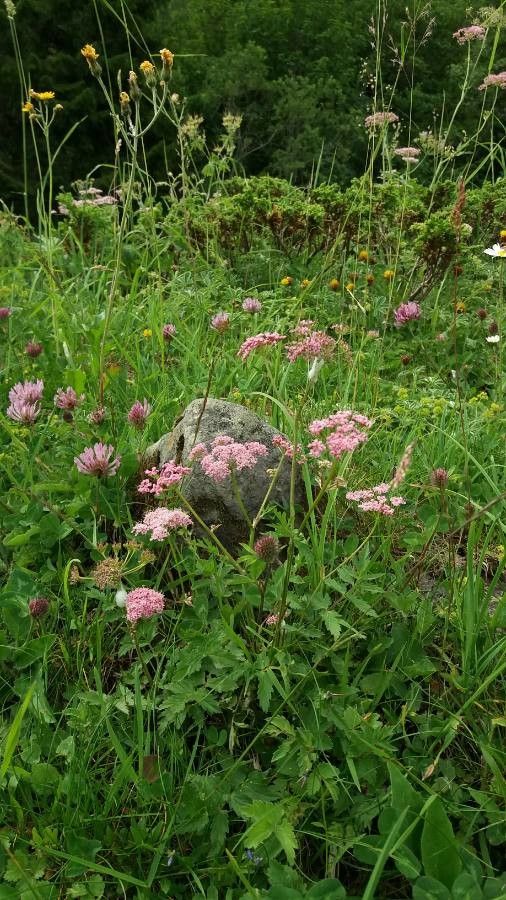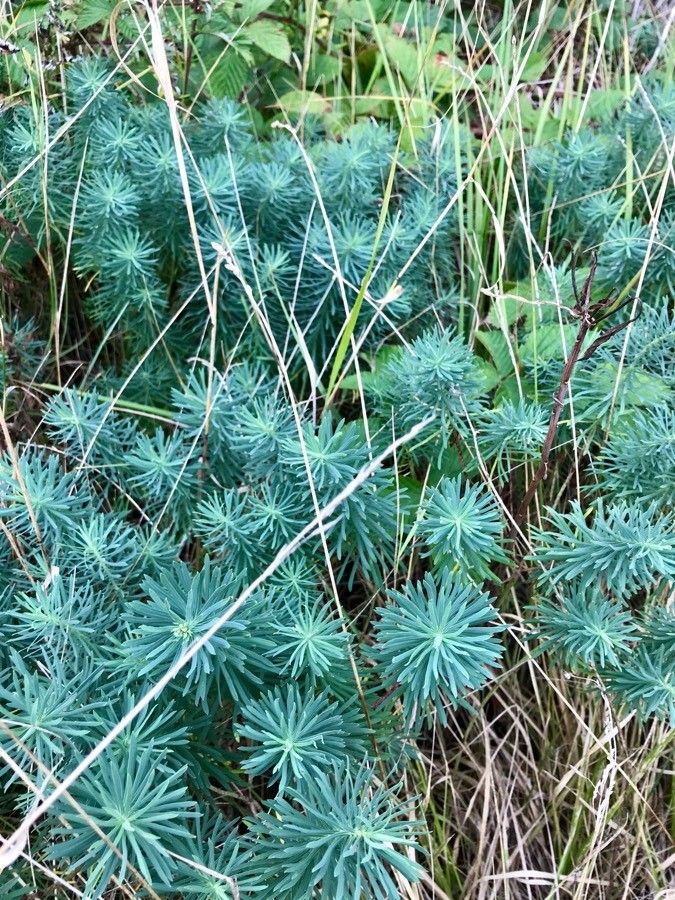## Creeping Buttercup: A Comprehensive Guide
Creeping Buttercup ( *Ranunculus repens*), a member of the Ranunculaceae family, is a common perennial plant found across the globe. Known for its bright yellow, five-petaled flowers and creeping, spreading habit, this plant can be both a charming addition to a wildflower meadow and a tenacious weed in a well-manicured lawn. Understanding its characteristics and growth habits is key to managing its presence, whether you welcome it or wish to control it.
### Identification
Identifying Creeping Buttercup is relatively straightforward. Look for:
* **Bright Yellow Flowers:** The characteristic bright yellow, cup-shaped flowers are typically 1-2 cm in diameter.
* **Shiny, Three-Lobed Leaves:** The leaves are alternate, palmately lobed (three lobes), and typically shiny, giving the plant its name.
* **Creeping Stolons:** This is a defining feature. Creeping buttercup spreads aggressively through horizontal stems (stolons) that root at the nodes, rapidly colonizing new areas.
* **Height:** It typically grows to a height of 10-30cm.
### Habitat and Growth
Creeping Buttercup thrives in a range of conditions, making it adaptable and unfortunately, invasive in many areas. It prefers:
* **Full Sun to Partial Shade:** While it tolerates shade, it flowers most prolifically in full sun or partial shade locations.
* **Moist, Well-Drained Soil:** Though adaptable, it prefers consistently moist but well-drained soil. Avoid waterlogged conditions.
* **Various Soil Types:** It's relatively tolerant of different soil types, though it prefers slightly acidic to neutral pH levels.
### Cultivation and Care
While easily spread through its stolons, Creeping Buttercup can be successfully cultivated as a ground cover in areas where its vigorous growth is desirable. It requires minimal care, although regular deadheading (removing spent flowers) can encourage continued blooming.
### Controlling Creeping Buttercup
For those wanting to manage or eliminate Creeping Buttercup from a garden or lawn, several methods are effective:
* **Hand-Pulling:** Small infestations can be effectively controlled by hand-pulling, ensuring all stolons and root fragments are removed. Repeated pulling may be necessary, as even small fragments can regenerate.
* **Herbicides:** Chemical herbicides can be effective, but always follow manufacturer instructions carefully and be mindful of potential impact on other plants. Spot-treating is often preferable to blanket spraying.
* **Mulching:** A thick layer of mulch can suppress its growth and prevent further spread.
### Toxicity
Important Note: Creeping Buttercup, like other members of the Ranunculaceae family, contains ranunculin, a toxin that can cause skin irritation and digestive problems if ingested. Exercise caution when handling and keep pets and children away from it.
### Conclusion
Creeping Buttercup is a fascinating plant with both positive and negative aspects, depending on your perspective. Understanding its characteristics and growth habits enables effective management, whether you're encouraging its spread or seeking to control it.
Creeping Buttercup: Complete Guide & Care Tips

Frequently Asked Questions
How to identify Creeping Buttercup?
Look for bright yellow, five-petaled flowers, shiny three-lobed leaves, and creeping stolons. The leaves are typically shiny and the plant spreads aggressively through horizontal stems that root at the nodes.
Is Creeping Buttercup poisonous to pets?
Yes, Creeping Buttercup contains ranunculin, a toxin that can cause skin irritation and digestive problems if ingested by pets. Keep pets away from the plant.


